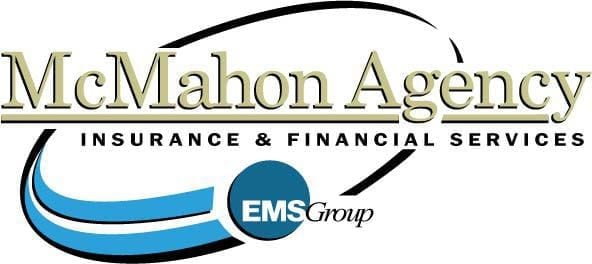Since 2020 with the enactment of the “21st Century Cures Act,” employers of any size could reimburse their employees for the costs of individual health insurance plans. The Affordable Care Act required employees with 50 or more employees who worked at least 30 hours per week, to offer health insurance. With a vast majority of US businesses having less than 50 employees, many people working in these businesses were not offered group health insurance. This new law changed the landscape for small businesses.
Health Insurance Reimbursement
When an employee purchases their own health insurance, they are responsible for paying the premiums. Under the 21st Century Cures Act, employers with less than 50 employees could establish a plan, called a “Qualified Small Employer Health Reimbursement Arrangement,” or QSEHRA, one of the types of Health Reimbursement Arrangement, or “HRA.”
This allowed employers to reimburse their employees for the cost of a privately purchased health insurance plan, tax-free, up to specific limits. In 2022, the limits for reimbursement are set at $5,450 (454.16 monthly) per individual employee, and $11,050 ($920.83 monthly) for families, a slight increase over 2021.
How Does the Reimbursement Work?
The reimbursement paid by your employer must be paid monthly, rather than yearly. Proof of payment must be submitted to the employer before the payment is forthcoming. If the employee does not submit a claim, the employer keeps the money.
Good for Businesses and Good for Employees: HRA Plans
An HRA can benefit both employers and employees. These plans are available in several forms:
- QSEHRA: Reimburses employees for the cost of privately purchased health insurance, on a monthly basis, up to a limit set each year.
- ICHRA (Individual Coverage HRA): These plans allow businesses of all types, including nonprofits, churches, and other businesses to reimburse employees for the cost of health insurance and types of medical expenses, tax-free. Some employers appreciate that they are not subject to annual group health price increases with these plans.
- Group Coverage HRA: These plans are offered in conjunction with group health insurance and allow businesses to supplement the health insurance policy with an allowance, typically equal to the cost of the deductible in the plan.
- Excepted Benefit HRA: Business owners may choose one of these newer HRA plans to reimburse employees for “excepted benefits,” at a limit of $1,800 in 2022.
- Stand-Alone HRA: Employers who have a single full-time W-2 employee can reimburse the employee for specific medical expenses, with no cap.
What’s Right for Your Business?
A smaller business, church, or other business may find the cost of group health insurance to be out of range. One of the several types of HRAs could be the best choice. These plans offer several perks that employees appreciate:
- Lowers the cost of healthcare, as the funds may be used for the usual costs of healthcare, including treatments, copayments, deductibles, or the cost of prescription medications.
- These plans are offered in an array of forms, allowing employers to choose the type that will be most beneficial and affordable for the organization.
- The employer can select the amount they contribute to the plan each year, reducing costs.
- These plans offer some significant tax advantages, as the contributions made by the business are tax-deductible, and tax-free if an employee files a claim.
- An HRA can be a powerful tool to attract and retain the best talent.
Need help establishing an HRA? Meet with one of our local agents to help you determine the best approach for your business.
